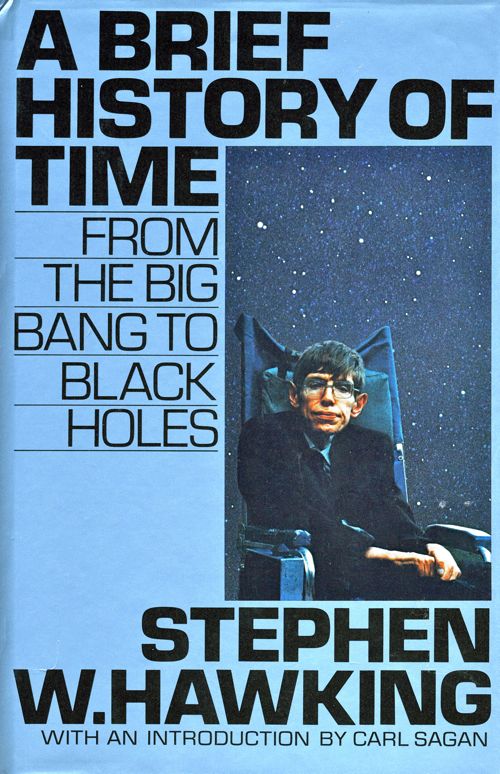Saturday, September 24, 2011 Lethbridge
5:50 am
The temperature is +12 C, with a high predicted of +33 C. From the Environment Canada website: Today Sunny. Wind becoming southwest 20 km/h this afternoon. High 33. UV index 5 or moderate. Tonight Clear. Wind south 20 km/h. Low 13. Normals Max: 18°C Min: 3°C
8:00 PM Science
Having reread Darling's "Deep Time", I wanted to pursue the literature on the origin of the universe a little deeper. What better sources than Stephen Hawking or Roger Penrose.

I decided to begin by having another look at Hawking's "A Brief History of Time", written in 1988. The 8th chapter is specifically on the origin and fate of the universe - the same theme as Darling's book. In broad outline the two descriptions are in agreement, but Hawking provides more detail and less lyricism.
Ignoring the question of the initial moment of creation of the universe, within a minute or two, as a result of the rapid expansion there was a concomitant reduction in temperature. Initially the temperature was so high that the sub-atomic particles (photons, electrons, neutrinos) would no longer have enough energy to escape the strong nuclear force, and would begin combining to form hydrogen and helium nuclei. Within a few hours this production of hydrogen and helium nuclei would have stopped and then nothing much happened for a few million years.
The universe continued to expand and the temperature continued to fall. Finally the electrons and nuclei (of hydrogen and helium) no longer had enough energy to overcome the electromagnetic attraction between them and they began to combine to form atoms. The universe continued to expand but in some areas there was enough matter to form a gravitational pool which then attracted more matter, thus forming galaxies.
Within the galaxies, the same phenomenon of regional clustering continued, forming stars that initially burned hydrogen but then when this was used up and the star continued to collapse and raise the temperature the helium would begin fusion reactions, forming some heavier elements. This material would be flung out during a supernova explosion and would form the raw material for a second or third generation star.
Our sun is one such second or third generation star containing about 2% of these heavier elements. Similarly for our Earth.
Initially the earth was composed of molten matter and had no atmosphere. But as it cooled, gases (eg. hydrogen sulfide, steam) were emitted from the rocks. Upon further cooling, the water vapor condensed forming a continuous rain that eventually formed the oceans.
The combination of radiation, high temperatures, and water gave rise to new pre- biotic molecules and eventually to molecules that were capable of creating copies of themselves (i.e. bacteria). This continued and eventually larger molecules that were self-sustaining formed leading to more complex life-forms.
So far, so good. The next step is to refresh my mind on the early geologic history of the planet. This is essentially a matter of plate tectonics. Then I will be ready to read Lynn Margulis and the evolution of bacteria and the effect on our planet.